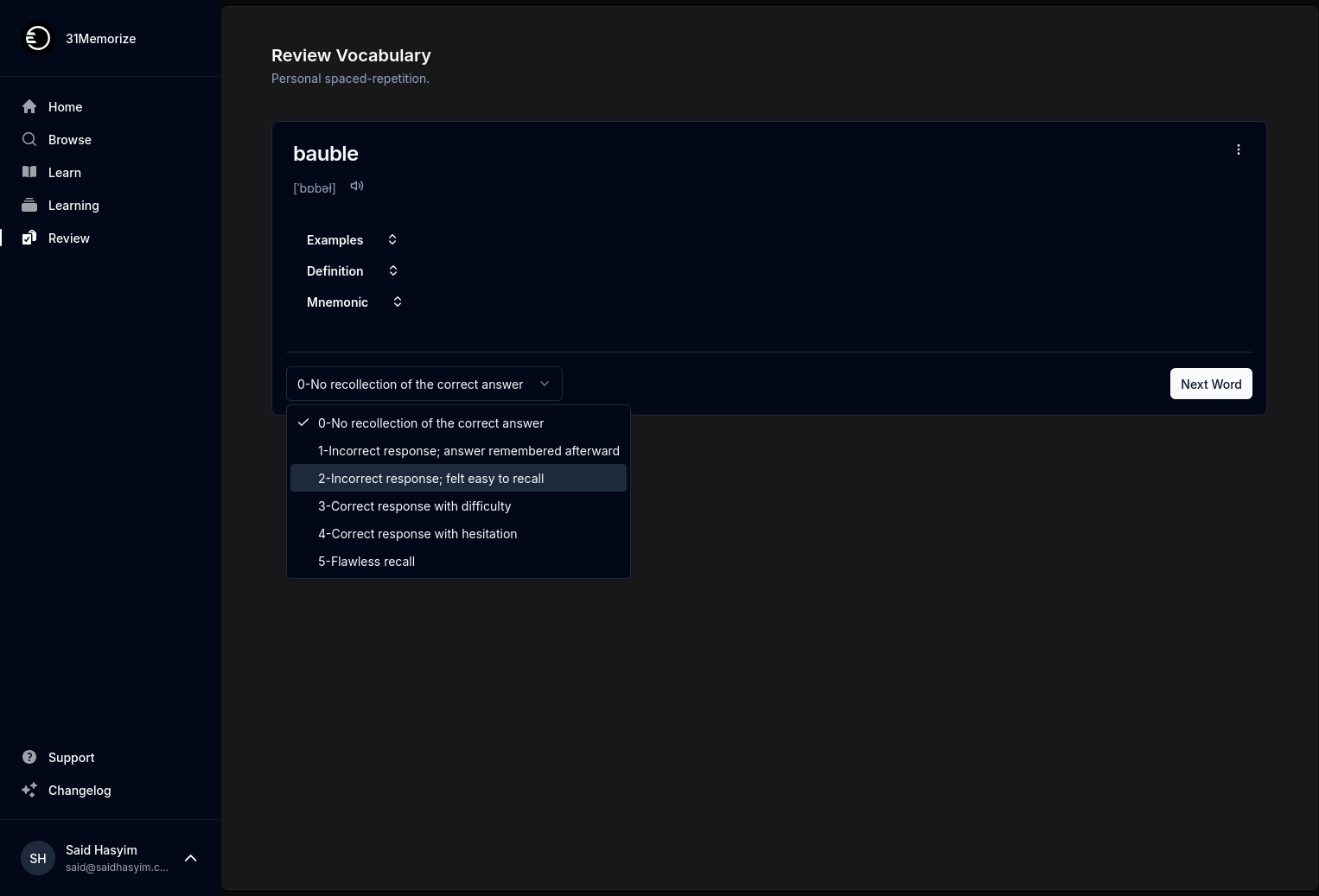Understanding Different Rating Systems Across Platforms
In the digital age, where countless services and products are just a click away, rating systems have become crucial for users looking to make informed choices. These ratings can significantly influence decisions, whether it's dining at a restaurant, buying a gadget, or booking a hotel room. However, the diverse rating systems across platforms can be perplexing. This blog post aims to enlighten readers on various rating systems, their implications, and how they can leverage them to make better decisions.
The Importance of Rating Systems
Before diving into the peculiarities of different rating systems, it’s essential to acknowledge their relevance. Here are some reasons why ratings matter:
Trust Building: A strong rating can build trust with potential customers. Reviews and ratings often serve as social proof that can sway decisions.
User Guidance: Ratings help users quickly filter through a multitude of options. A simple star rating can save time in searching for high-quality products or services.
Feedback Mechanism: Ratings provide valuable feedback to businesses about their offerings, helping them improve and cater to customer demands.
Competitive Edge: High ratings can be a considerable asset in a competitive marketplace. They not only attract customers but can also enhance a brand's reputation.
Types of Rating Systems
Across various platforms, the rating mechanisms differ significantly. Below, we'll explore the most common types of rating systems and how they operate.
1. Star Ratings
Star ratings are perhaps the most widely recognized form of rating systems. Customers typically assign a score ranging from 1 to 5 stars, with 1 star being the lowest and 5 stars the highest.
Pros:
- Simple and intuitive for users to understand.
- Quick visual representation; users can gauge the overall sentiment at a glance.
Cons:
- Subjectivity can lead to skewed ratings (e.g., bias in ratings based on personal expectations).
- Often, the meaning of each star can vary across platforms.
2. Numeric Ratings
Some platforms utilize a numerical system, usually on a scale from 1 to 10 or 1 to 100. This method allows for more granularity in ratings.
Pros:
- Higher precision in ratings, allowing nuanced evaluations.
- Better suited for detailed assessment of products or services.
Cons:
- It can be overwhelming for users. A system that’s too granular may lead to confusion about how to rate something accurately.
3. Thumbs Up/Down
Platforms like social media use a thumbs up (like) or thumbs down (dislike) system to gauge user responses, often limiting feedback to a binary format.
Pros:
- Extremely straightforward—users provide instant feedback with minimal thought.
- Excellent for gauging audience sentiment quickly.
Cons:
- Lacks nuance and detail. Users cannot express a range of opinions.
4. Descriptive Ratings
Platforms may opt for qualitative ratings, such as "Excellent," "Good," "Average," "Below Average," and "Poor." Some reviews might accompany these descriptive ratings for further context.
Pros:
- Encourages detailed feedback that can be more constructive.
- Users can gain insights beyond mere numbers.
Cons:
- May be less intuitive, requiring users to familiarize themselves with the terms before applying them confidently.
5. Hybrid Systems
Some platforms utilize a combination of the aforementioned systems, allowing users to rate numerically while also providing a written review. For instance, the rating might be out of 5 stars, supplemented by user comments.
Pros:
- Balances quantitative and qualitative feedback, offering users a comprehensive view.
- Facilitates deeper understanding through user-generated content.
Cons:
- Might overwhelm users who prefer a simpler format.
- Requires consistent engagement from users to be effective.
Understanding Ratings in Context
It’s vital to consider the context of ratings. For instance, a 3-star rating might indicate a satisfactory experience for a budget accommodation, while the same rating for a luxury hotel could be viewed as disappointing. Here's what to keep in mind:
Comparative Standards: It's crucial to understand the industry or category norms. In some sectors, such as food or hospitality, a 4-star might be viewed as excellent; while in tech, it could indicate room for improvement.
Volume of Ratings: A service with a small number of ratings can be misleading. A single negative review can drastically affect the average rating. Conversely, a service with many ratings showing a consistent score is likely more reliable.
Date of Reviews: An older review might not reflect the current state of the service or product. Always check for the recency of ratings.
The Role of Algorithms and Moderation
Many platforms utilize algorithms to filter, sort, and sometimes even modify ratings. This is essential for maintaining the integrity of the rating system:
Spam Detection: Automated systems help eliminate bogus reviews and ratings. This is crucial for preserving trustworthiness.
Weighted Ratings: Some platforms implement algorithms that weigh certain ratings more heavily based on criteria like review consistency, reviewer credibility, or recency.
Community Moderation: User-generated ratings can be supplemented with moderation to ensure they adhere to community guidelines, helping maintain a respectful discourse.
How to Navigate Rating Systems Effectively
To make the most out of rating systems, users should adopt some strategies:
Read the Reviews: Don’t focus solely on the score; dive into comments for deeper insights.
Look for Patterns: Be on the lookout for recurring themes in reviews, which often highlight strengths or weaknesses.
Consider Personal Preferences: Tailor your judgment based on your preferences rather than general public opinion.
Check Multiple Sources: Don’t rely on a single platform; compare ratings across various sites for a more well-rounded perspective.
Be Aware of Bias: Understand that ratings can be influenced by many factors, including marketing efforts, product launches, or seasonal variations.
Conclusion
In a world increasingly reliant on customer ratings, understanding the various rating systems is more important than ever. With the right knowledge, users can decipher these ratings to make more informed decisions, enhancing their overall digital experience. Whether you are dining, shopping, or traveling, a careful examination of ratings will empower you to choose options that align perfectly with your needs and expectations. Happy rating!
